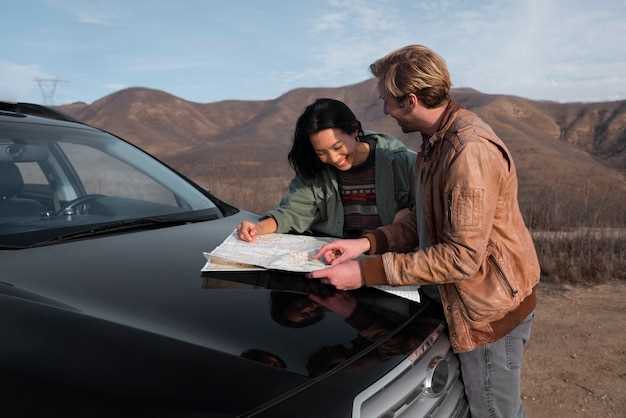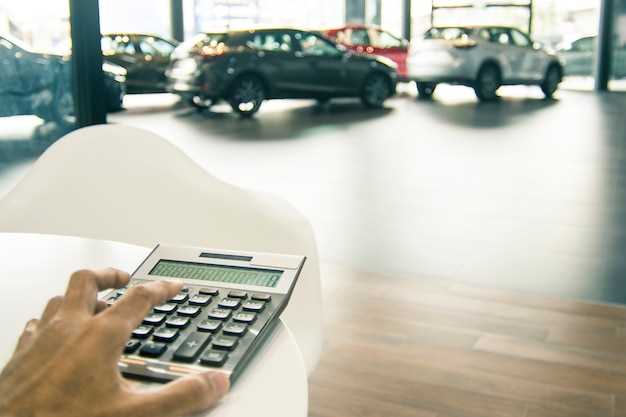
Owning a Toyota Land Cruiser is often viewed as a symbol of adventure and reliability. However, before making such a significant investment, it is essential to estimate the total costs associated with ownership. These costs go beyond the initial purchase price and encompass a range of factors that can impact your budget over time.
The first consideration is the vehicle’s cost of purchase, which can vary based on the model year, condition, and additional features. It’s crucial to evaluate not only the sticker price but also how financing options, taxes, and insurance will influence your overall financial commitment.
Once the purchase is completed, ongoing expenses come into play. Fuel efficiency, maintenance, and repair costs can significantly affect the annual budget. Understanding these variables will provide potential owners with a realistic view of what to expect during their time with the vehicle, ensuring that they can appreciate the adventures that await without financial surprises.
Understanding Initial Purchase Price and Financing Options

The initial purchase price is a crucial factor when considering the cost of Land Cruiser ownership. This price not only encompasses the sticker price of the vehicle but also includes additional fees such as taxes, registration, and dealer fees. Potential buyers should research the market to ensure they find a competitive price, as Land Cruisers can vary significantly based on trim levels, optional features, and geographic location.
Financing options play a vital role in how the initial cost impacts long-term ownership expenses. Many buyers opt for loans or lease agreements, which can provide immediate access to the vehicle while spreading the cost over time. Understanding the terms of these financing options is essential, as interest rates, loan duration, and down payments greatly affect the total amount paid over the course of ownership.
Additionally, some buyers may consider financing through their bank or credit union for potentially better rates compared to dealership financing. It is advisable to compare various offers, including loans that might have flexible terms or lower interest rates, ensuring the owner not only handles the initial purchase price effectively but also mitigates future financial burdens.
In conclusion, grasping the initial purchase price along with suitable financing options is crucial for anyone looking to own a Land Cruiser. Careful planning and thorough research can lead to a financially sound decision, ultimately enhancing the ownership experience.
Estimating Annual Maintenance and Repair Expenses
Estimating the annual maintenance and repair expenses of a Land Cruiser is crucial for potential and current owners looking to understand the total cost of ownership. The cost associated with maintaining this vehicle can vary significantly based on several factors, including usage, service history, and local labor rates.
Routine maintenance, which includes oil changes, tire rotations, and brake inspections, generally accounts for a steady percentage of annual expenses. Typically, owners can estimate these costs to range from $500 to $1,000 per year, depending on their driving habits and adherence to the manufacturer’s recommended service schedule. Additionally, the type of oil and parts used may impact the overall expenditure.
Unexpected repairs can arise at any time, making it essential to allocate a budget for unforeseen issues. On average, setting aside an additional $300 to $600 annually for repairs is advisable. Factors that can elevate these costs include the vehicle’s age, mileage, and specific model variations.
In summary, when estimating the total annual maintenance and repair costs for a Land Cruiser, owners should consider a range of $800 to $1,600. This estimate provides a realistic view of what to expect, allowing for better financial planning and preparedness for ownership responsibilities.
Evaluating Fuel Costs and Insurance Rates

When considering the total costs of Land Cruiser ownership, two significant components are fuel costs and insurance rates. Understanding these expenses is essential for an accurate estimate of your overall investment in this vehicle.
Fuel costs can vary depending on driving habits, fuel prices, and engine efficiency. The Land Cruiser, known for its powerful performance, typically consumes more fuel than smaller vehicles. Evaluating your expected mileage and the current price of fuel in your area can help create a realistic estimate. For instance, if you drive an average of 15,000 miles per year and your Land Cruiser averages 18 miles per gallon, you can anticipate spending a certain amount annually on fuel. Keeping track of these numbers will enable potential owners to gauge their long-term fuel expenses more accurately.
Insurance rates also play a crucial role in the overall cost of ownership. A variety of factors influence insurance premiums, including the model year, safety ratings, repair costs, and personal driving history. Generally, larger vehicles like the Land Cruiser may incur higher insurance rates due to their value and repair expenses. To evaluate insurance costs effectively, it is advisable to request quotes from multiple insurance providers, considering different coverage levels and deductibles. This process can provide a clearer picture of what to expect regarding insurance costs, allowing for a more comprehensive estimate of total ownership expenses.
In summary, evaluating fuel costs and insurance rates is vital for prospective Land Cruiser owners. By analyzing these expenses, you can formulate a detailed and realistic assessment of the long-term financial commitment associated with this iconic vehicle.
